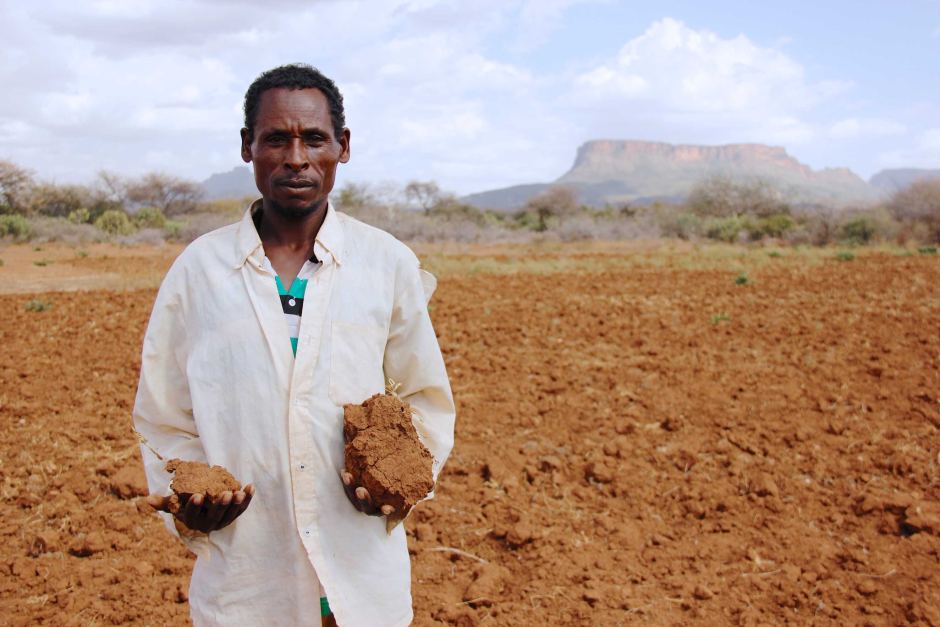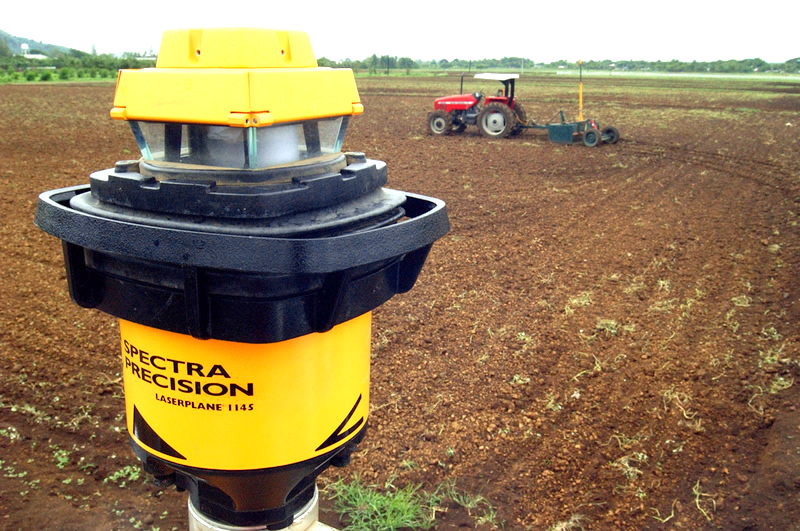Blogs
Is the next food crisis coming? Are we ready to respond?
 Climate adaptation and mitigation
Climate adaptation and mitigation
One of the strongest El Niños on record is underway, threatening millions of agricultural livelihoods – and lives.
CIMMYT marks 50 years of innovation in agricultural science for development
 Innovations
Innovations
CIMMYT will celebrate its 50th anniversary during a three-day event from September 27 to 29, 2016, at headquarters in El Batán, near México City.
Wheat scientists eye USDA $3.4 million in new funds to boost yields
 Climate adaptation and mitigation
Climate adaptation and mitigation
Scientists involved in a major global initiative aimed at increasing wheat yields as much as 60 percent by 2050 get a boost from U.S. government announcement of new research funds.
CIMMYT upgrades Pakistan’s national germplasm collection and distribution facility
 Nutrition, health and food security
Nutrition, health and food security
Balancing economy and ecology: agriculture vs. nature
 Climate adaptation and mitigation
Climate adaptation and mitigation
Reconciliation of the right to develop and environmental protection must move beyond global dialogue and be put into practice.
Agriculture can help the world meet climate change emission targets
 Climate adaptation and mitigation
Climate adaptation and mitigation
Climate-smart agriculture could be the solution for farmers to both cope with the impacts of climate change and reduce emissions.
Gender bias may limit uptake of climate-smart farm practices, study shows
 Climate adaptation and mitigation
Climate adaptation and mitigation
Farmer education programs that fail to address traditional gender roles may sideline women, limiting use of conservation agriculture techniques, reducing their ability to fight climate change.

